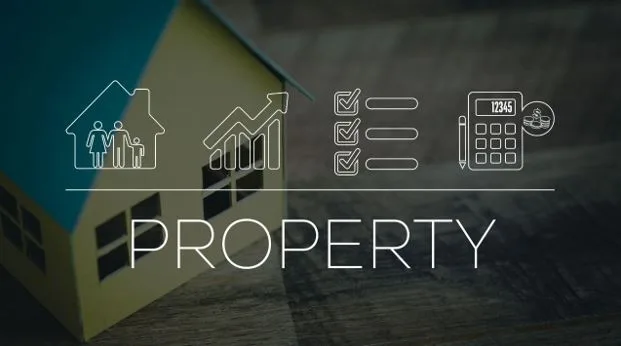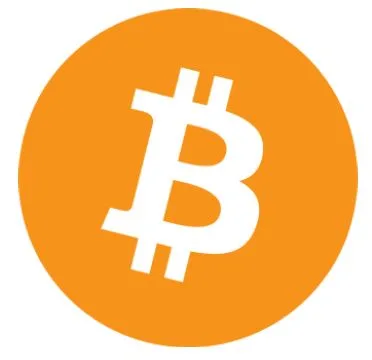Home Financing Trends That Could Shape the Housing Market in 2025
Introduction
What will it take to buy a home in 2025? That question is echoing across kitchen tables, mortgage offices, and real estate forums nationwide. With interest rates shifting, new financing tools entering the scene, and a housing market that refuses to play by old rules, anyone with a stake in real estate—buyers, sellers, lenders, or builders—needs to pay attention.
While prices are still high and inventory remains tight, early signs in 2025 show subtle but significant shifts that could change how homes are financed. We’ll dig into those changes—from evolving credit access and new loan products to the steady (but slow) decline in mortgage rates. We’ll also talk about what it means for the market at large.
Let’s break it all down.
Interest Rates: Easing but Still Elevated
In 2024, buyers had to battle with rates as high as 7.2%. But according to J.P. Morgan, those rates are easing. By the end of 2025, they’re projected to settle around 6.7%, with Fannie Mae forecasting a slightly rosier 6.4%.
So, What Does This Mean?
- Affordability improves slightly. A lower interest rate means monthly mortgage payments drop.
- Refinancing becomes attractive again. Even though refinance activity declined by 12% in Q1 2025, falling rates could reverse that trend.
- Buyer confidence increases. Buyers on the sidelines may re-enter the market.
Still, let’s not pretend it’s all smooth sailing. These rates are nowhere near the sub-4% days of the early 2020s. Many buyers still face affordability walls.
Loan Origination: A Mixed Bag
Mortgage activity is picking up, but not uniformly. According to ATTOM Data, Q1 2025 saw:
- 1.4 million originations — up 9.4% year-over-year, but down 14% from Q4 2024.
- Purchase loan values dropped from $293B to $234B.
- Refinancing volume fell.
- Home equity lines (HELOCs) also dipped slightly.
Why the Divergence?
Several factors are at play:
- High home prices continue to discourage buyers.
- Lending standards remain firm, despite more tech-forward credit assessments.
- Seasonal patterns also contributed—Q1 is typically slower.
But overall, the upward YoY trend suggests lenders are preparing for a more active second half of the year.
Credit Access: Expanding Slowly but Surely
Perhaps the most promising shift? Credit access.
Fannie Mae expects updated scoring models like VantageScore 4.0 to qualify up to 5 million additional borrowers. This could support as much as $1 trillion in new mortgage lending.
Why This Matters:
- More first-time buyers. Especially younger borrowers and those with nontraditional credit histories.
- Expanded lending programs. Banks and nonbanks may retool underwriting processes.
- Stabilized demand. Broader access helps counterbalance affordability challenges.
Bottom line: The lending door may be opening a little wider—especially for those who’ve been locked out before.
Foreclosure Trends: Still Low, But Rising
The Office of the Comptroller of the Currency reports that 97.6% of mortgages were current as of March 2025. That’s a sign of borrower resilience.
However, over 10,600 new foreclosures were initiated in Q1—a jump from previous quarters. It’s not panic-worthy, but it’s worth watching.
Who’s Most Affected?
- Buyers who bought at peak prices. They may find themselves underwater if prices soften.
- Adjustable-rate mortgage holders. Especially those nearing reset periods.
- Those impacted by inflation. Rising costs can chip away at a borrower’s ability to keep up.
Prices & Inventory: Stuck in the Middle
Median single-family home prices hit $412,500 in 2024, according to Harvard’s Joint Center for Housing Studies. That’s 60% higher than in 2019.
And while J.P. Morgan projects prices will rise about 3% in 2025, inventory still trails historical norms.
In Numbers:
- Existing home sales: 30-year low.
- New home sales: Up 3%.
- Key affordability barriers:
- Inflation (80%)
- General affordability (77%)
- Land costs (63%)
That last point—land—is quietly one of the biggest issues keeping new construction lagging.
Buyers: Facing Tough Choices
In this market, buyers need more than just a down payment—they need flexibility.
Current Buyer Trends:
- Smaller homes. Many are downsizing their expectations.
- Different locations. Suburban and exurban markets are gaining popularity.
- Creative financing. Co-buying, adjustable-rate mortgages, and seller financing are seeing renewed interest.
Buyers are adapting. But every adaptation comes with trade-offs.
Sellers: Holding Out or Pricing to Move?
Many potential sellers are still sitting on ultra-low rates from 2020–2021. Selling now means giving that up. As a result, inventory remains tight.
But those who are selling? They’re more likely to negotiate.
Seller Shifts:
- Price cuts. Especially on homes sitting longer than 45 days.
- Incentives. Closing cost assistance, rate buydowns, even home warranties.
- New construction competition. Builders offering deals are forcing sellers to follow suit.
New Loan Products: More Flexibility, More Options
The rise of alternative financing models is helping fill gaps left by conventional mortgages.
Some of the trends to watch:
- Construction-to-perm loans. More common for custom and semi-custom new builds.
- Shared equity agreements. Popular in high-cost markets.
- Bridge loans and cash buyer programs. Helping buyers compete.
Plus, future home project financing is expected to become more specialized in 2025. Borrowers are turning to tailored financing options for upgrades, energy-efficient improvements, and even accessory dwelling units (ADUs).
These aren’t just bells and whistles—they can make or break a deal.
The Broader Market: Where Are We Headed?
Zooming out, a few things are clear:
- Mortgage rates are falling—but not fast.
- Lending is loosening—but only slightly.
- Buyers and sellers are rethinking priorities.
The housing market in 2025 won’t be defined by dramatic shifts. It’ll be defined by micro-moves: slight changes in rates, access, and demand that—together—reshape the market.
Conclusion
Home financing in 2025 is complicated, but it’s not unknowable. While rates are slowly dropping and credit models are expanding, affordability still bites. New loan products are helping, and buyers are getting more creative—but challenges remain.
For sellers, the decision to list in this market involves careful math. For buyers, it means thinking creatively and acting quickly when opportunity knocks.
This year won’t be a repeat of the pandemic boom—or the high-rate hangover that followed. Instead, it’s a recalibration. Subtle. Measured. Real.
And if you’re paying attention? That might just work in your favor.






